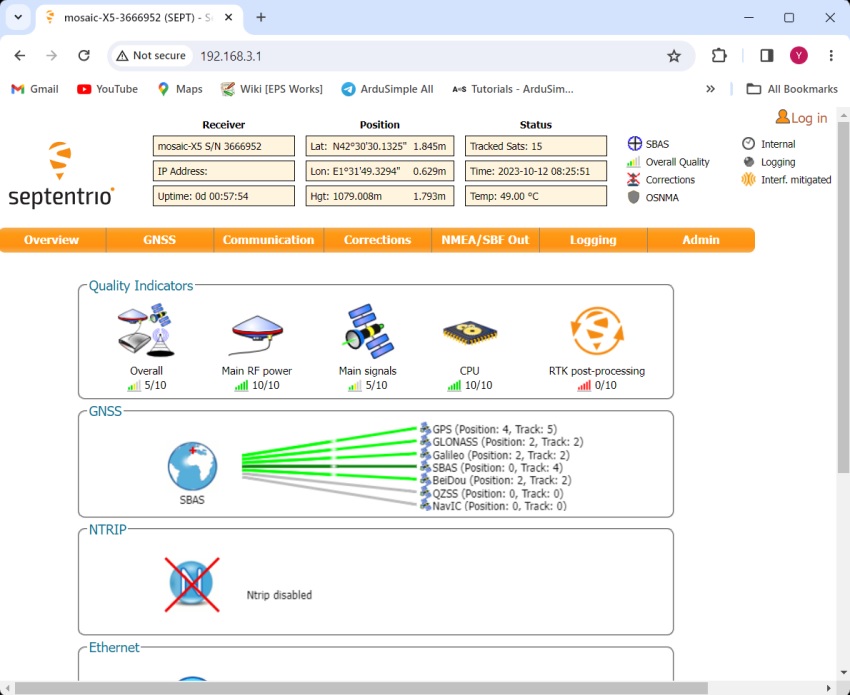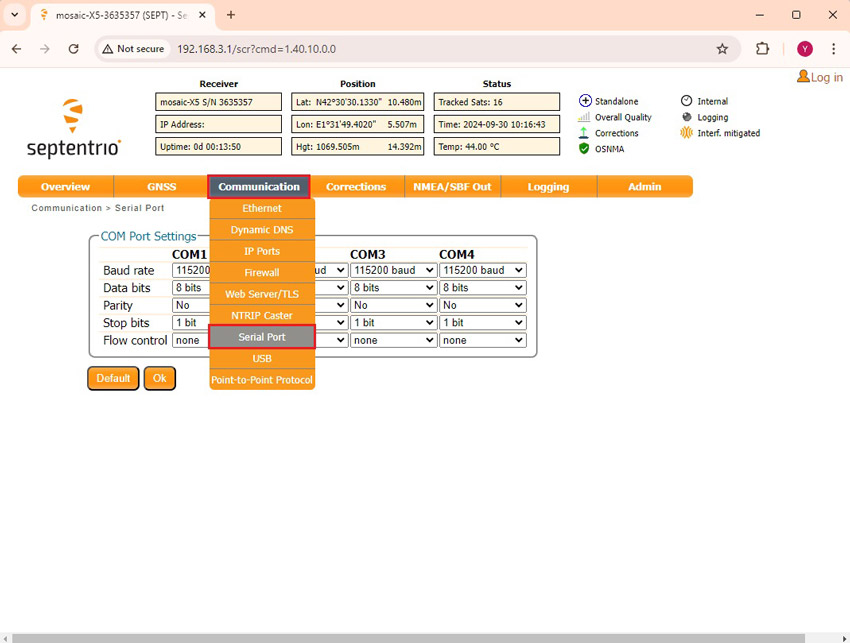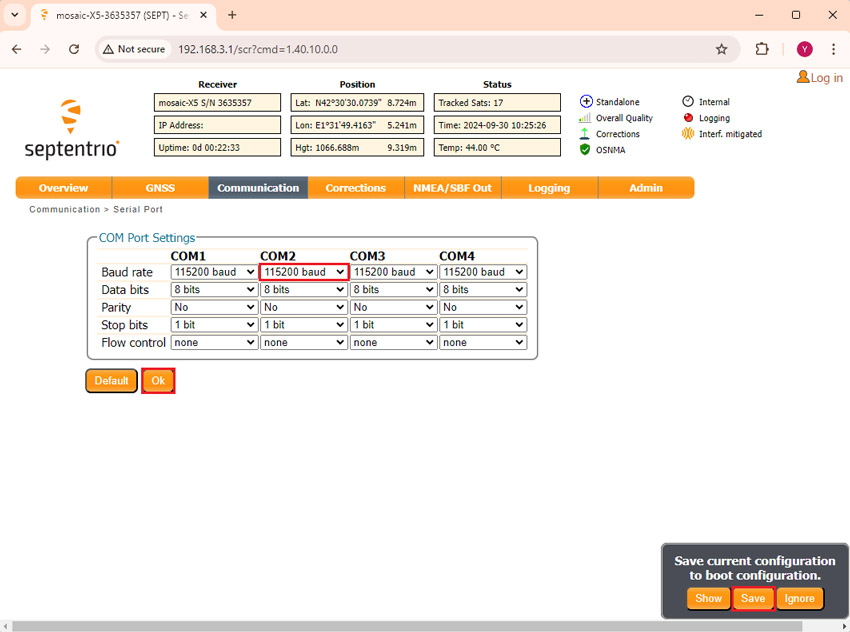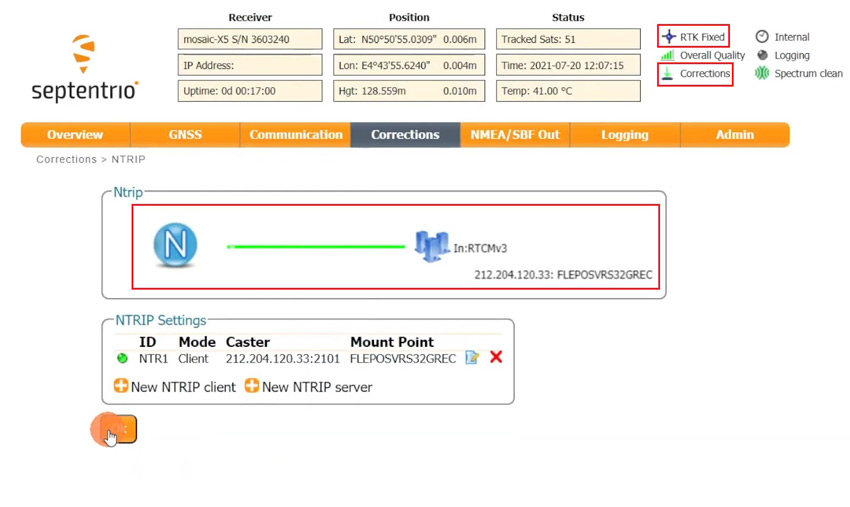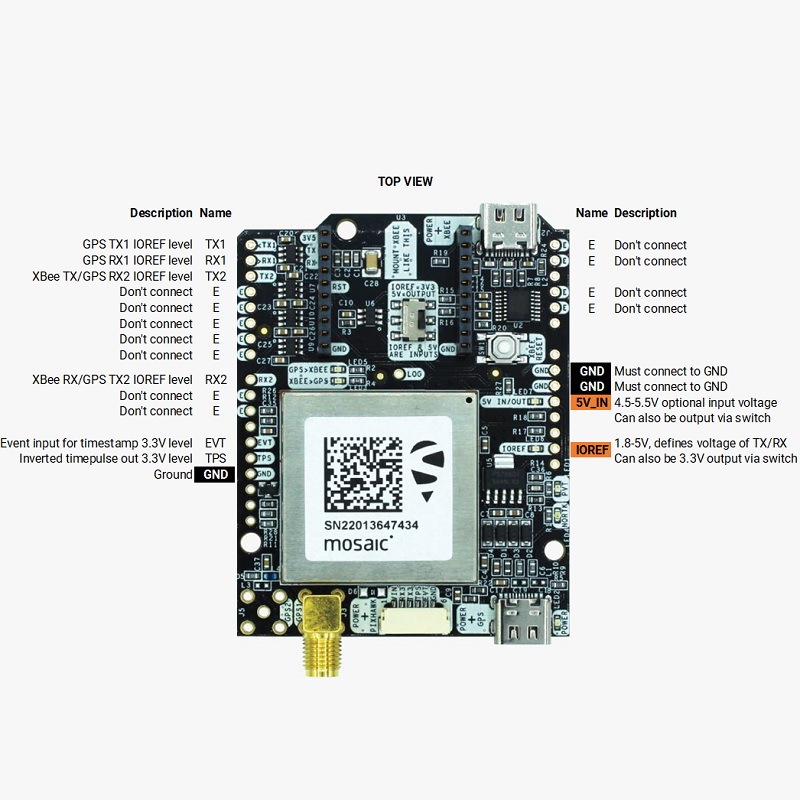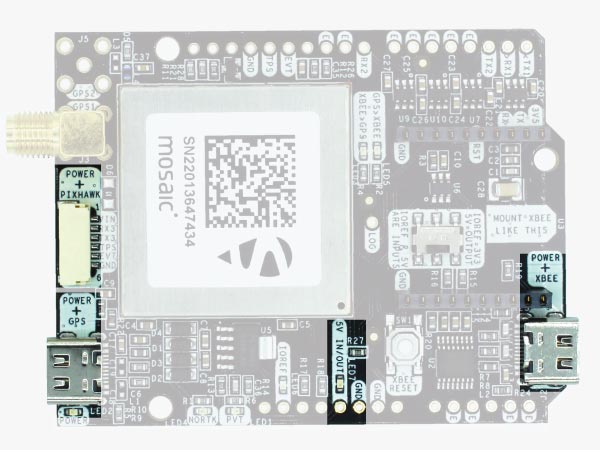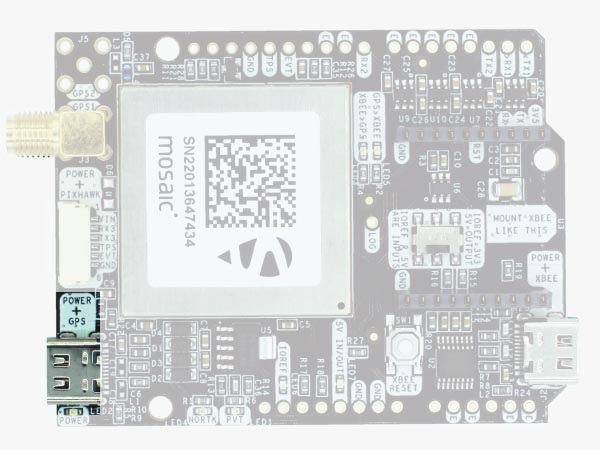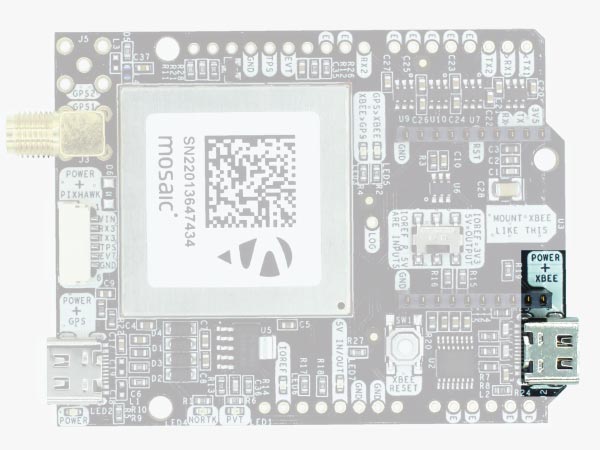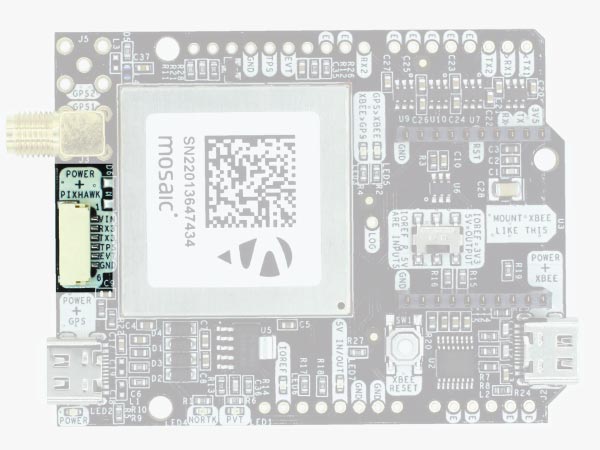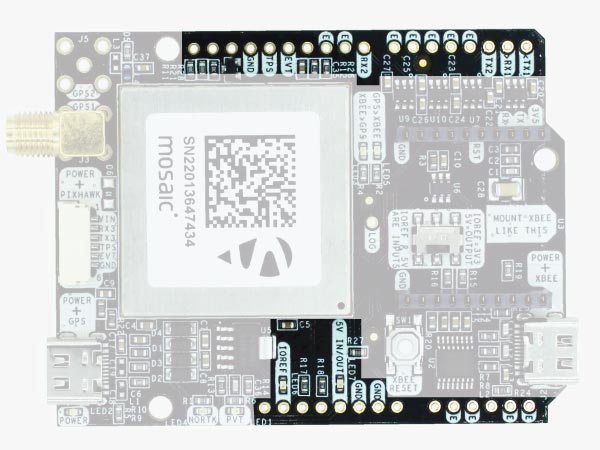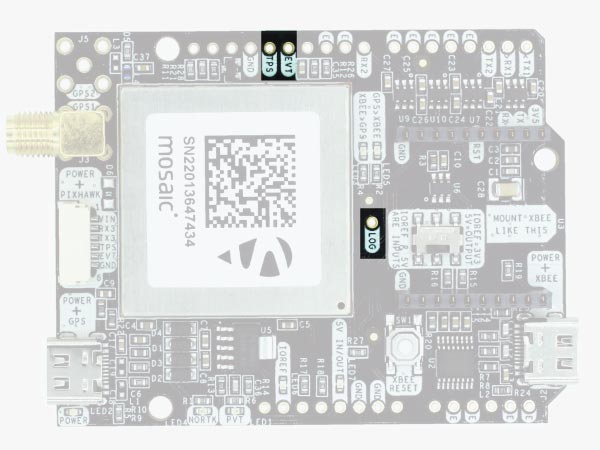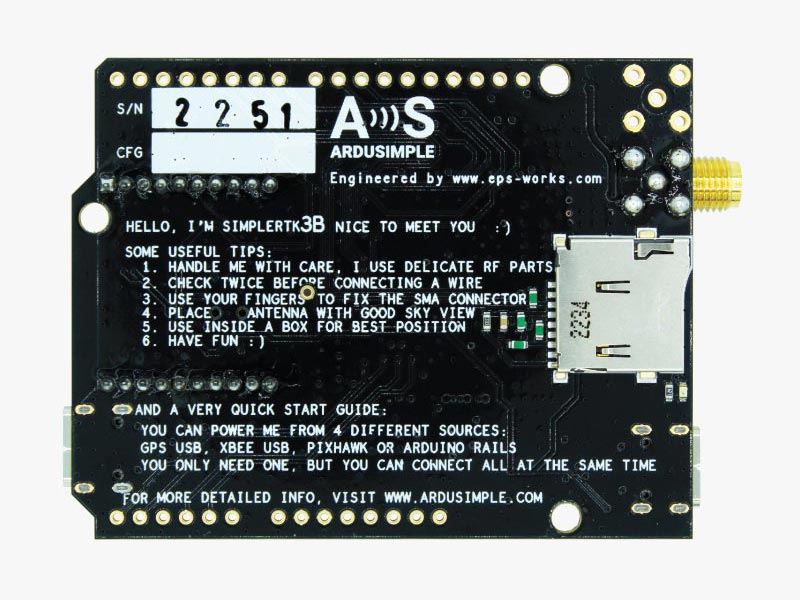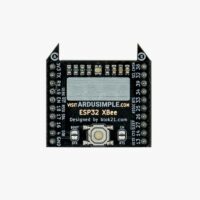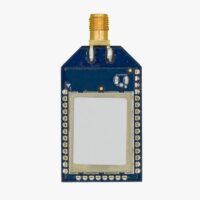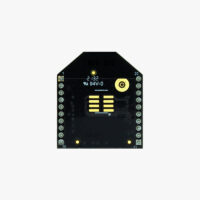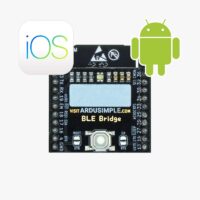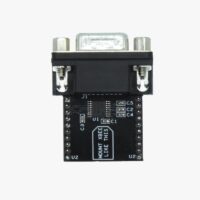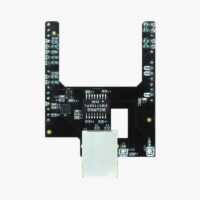User Guide: simpleRTK3B Pro
Product Overview
You can use the simpleRTK3B Pro as a standalone board by connecting it to your PC or tablet. Additionally, it can be used as an add-on board for your projects, such as an Arduino shield.
The main component of the simpleRTK3B Pro board is the mosaic-X5 Triple Band (L1/L2/L5) GNSS RTK module.
Important: This is a traditional RTK module, and therefore it is only able to find satellites when placed at ourdoor locations. Also bear in mind that the module needs at least 10 seconds to boot after connected to a PC, so be patient. 🙂
Get started
Connect to Septentrio web interface
- Connect the GNSS antenna to your receiver. Make sure the antenna has a good view of the sky, otherwise it will not receive the satellites signals.
- Connect the receiver to your PC via the USB port labelled as POWER+GPS. When you connect this product to a PC for the first time you will only see a new Hard Drive in your computer. Open it and install the Septentrio driver. After installation, disconnect and reconnect the board to your computer (this only needs to be done once).
- Open a web browser and input the address 192.168.3.1 to go to the Septentrio web interface.
Send NMEA messages to Xbee Socket
- In the menu bar go to Communication –> Serial Port.
- Set the COM2 port Baud rate to 115200 baud (most XBee plug-ins work at 115200 baud rate). Press Ok and Save current configuration.
- In the menu bar go to NMEA/SBF Out and press +New NMEA stream –> Serial port –> COM2.
- Choose Interval of 1 sec and activate the NMEA messages to ouput, if you do not know which ones to choose we suggest you to check at least GGA, GSA, GSV, RMC and VTG, as they are used by the most common surveying applications. Press Finish.
Note: Bluetooth bandwidth is limited, so when using this type of connection limit the maximum transmission rate to 1Hz or slower (interval of 1 sec or higher ). If you want to use higher frequencies then make sure to connect to the board through USB only.
- You will observe a Data Stream outputting NMEA and RTCM messages to COM2 port. Press Ok and Save configuration.
Connect to NTRIP
In order to achieve centimeter level accuracy in your GNSS receivers, you have to get RTK corrections. So if you don’t have your own base station providing corrections, the easiest way to get RTK corrections are the available RTK Correction Services in your Country.
You just need to register into the service to get your NTRIP credentials such as server, port, username, password and mount point.
- Share your internet connection with the receiver via USB and receive RTK corrections by following this video tutorial.
- You will find incoming NTRIP corrections after waiting for a few minutes, and RTK Float or Fixed status.
Note: After restarting your receiver you will find that its IP address has changed, so you will have to check the new address and reconnect to it.
Hardware
Pinout definition
Power
The simpleRTK3B Pro can be powered from 4 different sources:
- GPS USB port
- XBEE USB port
- Pixhawk connector
- Arduino rail
Only one of them is needed to use the board, but you can connect all of them at the same time; there’s no risk.
The simpleRTK3B Pro has a High Power (HP) XBee socket, and you can connect any XBee accessory to it… but if you connect a device that requires high power you must ensure that your power supply is able to provide enough power to it.
- Use only high-quality USB-C cables, no longer than 1 meter.
- If you connect the simpleRTK3B Pro through a USB hub to your PC/Tablet, or if your PC has low-power USB ports, you will need to connect the second USB port directly to a wall plug or a high-power USB port.
Communication ports
simpleRTK3B Pro board has a few interfaces that we will now explain in detail.
USB GPS
This USB-C connector gives you access to the native USB port from the mosaic-X5 module. When you connect it to your PC for the first time, you will find a new hard disk appear in your computer. Open it and install the Septentrio drivers.
After installation, disconnecting and connecting back the receiver to your PC, you will find 2 new COM ports available that you can use with your favourite terminal tools to read NMEA messages or grant access to the mosaic-X5 configuration using RxTools.
Once connected you can also configure your new mosaic-X5 module directly from a web browser. The web address 192.168.3.1 opens the Septentrio web interface, which you can use to both configure and monitor the receiver.
USB XBee
This USB-C connector grants you access to the UART port of the device (e.g. XBee radio plugin) connected to the XBee socket, if any, via a FTDI USB-to-UART converter. Please find the FTDI VCP driver at https://ftdichip.com/drivers/vcp-drivers/
This connector is also specially handy when used to power the board, as it allows to connect or disconnect the GPS USB at will, without losing power to the board.
Most standard USB wall adapters can be used for this purpose (e.g. a phone charger).
Pixhawk connector
This connector is a standard JST GH that can be used to connect the simpleRTK3B Pro to a Pixhawk autopilot, but alternatively you can also use this connector to power the board.
The connector is following the Pixhawk standard:
- 5V_IN
- Mosaic COM3 RX (3.3V level)
- Mosaic COM3 TX (3.3V level)
- Timepulse output (3.3V level)
- Event input (3.3V level)
- GND
Note: Please remember that this board is only providing GNSS positioning, and not heading as it does not have a magnetometer.
Arduino rails
The simpleRTK3B Pro board includes Arduino UNO compatible pin rails (with optional header connectors) to connect to any Arduino UNO compatible device. The main pins are:
- GND: Ground is available at the standard Arduino pins. You should always connect this line to the Arduino UNO board.
- 5V IN/OUT:
- When the LED next to this pin is OFF, the simpleRTK3B Pro board can be powered from this pin. For example, when plugged to an Arduino UNO board the simpleRTK3B Pro will turn ON (a minimum power of 300mA @ 5V is needed).
- Alternatively, you can use the simpleRTK3B Pro board to power other shield boards. Turn ON the switch 5V=OUTPUT and the simpleRTK3B Pro board will provide 5V output from this pin.
- IOREF: This pins affects the functionality of TX1, RX1, TX2, RX2 pins.
- When connecting the simpleRTK3B Pro board to an Arduino UNO or Raspberry Pi, this pin is used to define the voltage level at the communication pins (TX1,RX1,TX2,RX2).
- When a direct connection is present at the pin, the input voltage defines the voltage level at the communication pins (1.2V to 5.5V supported).
- When 3.3V is a valid voltage level at the communication pins there is no need to rely on the IOREF pin, just switch the IOREF=3.3V switch ON and they will be set to that voltage level.
- Communication TX-RX pins: These pins voltage level is defined by the IOREF setting.
- TX1: Mosaic COM1 TX
- RX1: Mosaic COM1 RX
- TX2: XBee UART TX (this pin is also connected to Mosaic COM2 RX).
- RX2: XBee UART RX (this pin is also connected to Mosaic COM2 TX).
High Power (HP) XBee socket
The simpleRTK3B Pro board has a High Power (HP) XBee socket. You can use this socket to connect any XBee compatible plugin. The following pins are available:
- VCC: which is a 3.3V output with a maximum current of 1A constant and peaks of 1.5A.
- XBee UART RX: at 3.3V level
- XBee UART TX: at 3.3V level
- GND.
Special function pins
In addition to the above, there’s also a few additional pins available for the most advanced users to use. If you are going to use your simpleRTK3B Pro connected to an Arduino UNO or Raspberry Pi, and you are not planning to use these pins, it is recommended not to connect them. Cut the header on these pins to avoid any connection and prevent unexpected behaviors.
- Timepulse (TPS): 3.3V configuration time pulse output. The logic in this pin is inverted from the web interface, so selecting HIGH at the web interface sets the pin output to LOW.
- External Event (EVT): Time synchronization input with a maximum voltage of 3.6V. This input is filtered to avoid glitches.
- Logging Button (LOG): Logging is normally controlled via the web interface, but this pin is available to setup a physical button to control it.
- Setting the LOG pin to LOW during 100 ms to 5 seconds toggles logging ON or OFF.
- Setting the LOG pin to LOW for more than 5 seconds and then releasing it unmounts the current SD Card, if present, and mounts a new one if not mounted yet.
Remember that you can add a second XBee socket to your simpleRTK3B Pro board using our specific Ardusimple Shield.
GPS/GNSS Antenna
The simpleRTK3B Pro does not include, but requires a high-quality GPS/GNSS triple band (L1/L2/L5) antenna. In order to get the best performance we recommend using our Triple Band simpleANT3B series antenna.
The board is compatible with both active antennas (maximum output is 150mA @ 3.3V) and passive antennas.
Installation Notes:
- Always connect the antenna before powering the board. This is very important as some board components could overheat if no antenna is connected.
- Screw the antenna to the SMA connector by hand, never use any tools. You could break the connectors if too much force is applied.
- Install the antenna with the clearest possible view of the sky. Use it outdoors and as far as possible from surrounding buildings, mountains, …
- For best results, install the antenna on top of a metallic flat plate of at least 20cm side lenght (e.g. a car top surface).
For more information on how antenna installation impacts performance, follow our GPS/GNSS antenna installation guide and video.
LEDs
The board includes 7 status LEDs:
- POWER: Indicates that the board has power.
- PVT: Lights up when a position has been calculated from available satellites view.
- NO RTK: OFF with RTK FIX status, blinking when receiving RTCM data, ON when no RTK corrections are applied. (This LED is red).
- XBEE>GPS: The XBEE radio is receiving data over the air and sending it to the mosaic-X5 module.
- GPS>XBEE: The mosaic-X5 module outputs data to the XBEE radio, which is sending it over the air.
- 5V IN/OUT: Indicates that there is voltage on that pin.
- IOREF: Indicates that the IOREF pin is enabled and controlling associated Arduino rails pins voltage.
Buttons and switches
- XBee Reset Button: Used for programming XBee radio modules (e.g. firmware updates). You will likely never need to use it.
- IOREF & 5V IN/OUT switch: Indicates whether the IOREF and 5V Arduino rail pins are set as INPUTS or OUTPUTS. In the second case the simpleRTK3B Pro board can be used to power external accessories like the Shield for a Second XBee socket.
Onboard datalogging (MicroSD card)
The simpleRTK3B Pro board incorporates a microSD card reader for data logging. You can configure the data logging functionality directly from the Septentrio web interface.
A peculiarity of Septentrio datalogging is that storage inside microSD card is done in batches. For example, if you only enable GGA messages for storage 1 time per second and you only leave the system up for 10 seconds, there will be no data inside the memory card because you did not reach the minimum data size for storage. We recommend raising the number of messages per second stored to ensure that a minimum number of trailing messages are lost when powering down.
In case you want to start/stop logging using a physical button there is a LOG labelled pin in the board for this purpose.
If you need additional information, such as upgrading firmware or configuring the receiver as a base-Rover please refer to the Septentrio Configuration Page.
Accessories
You can add extra functionality to your simpleRTK3B Pro board by using one of our plugins connected to the XBee socket.
-
Plugins
Radio module Long Range (LR)
101,00€ This product has multiple variants. The options may be chosen on the product page -
Plugins
Radio module eXtra Long Range (XLR)
161,00€ This product has multiple variants. The options may be chosen on the product page -
Sale!
 Made in Europe
Made in Europe -
Plugins
4G NTRIP Master
156,00€ This product has multiple variants. The options may be chosen on the product page -
Sale!
 Made in EuropePlugins
Made in EuropePluginsPointPerfect L-Band Corrections Receiver NEO-D9S
125,00€Original price was: 125,00€.99,00€Current price is: 99,00€.
-
RTK3B Boards
simpleRTK3B Pro
From 569,00€ This product has multiple variants. The options may be chosen on the product page
 and
and 

